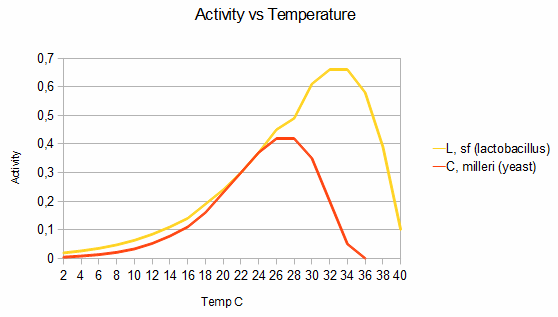
I guess the verdict is that the high temperatures of either the water or proving place were killing the yeast... Low and slow makes the tastiest bread imo








 )...also both good arguments for buying a gallon of water that's been filtered by osmosis or run by a UV lamp. (Note: don't use distilled water...the yeast really does better with some of those minerals). By the way, try using a little more water...you're at 61% and lots of folks use between 65%-69% bakers percent...makes for a softer and more stretchable dough.
)...also both good arguments for buying a gallon of water that's been filtered by osmosis or run by a UV lamp. (Note: don't use distilled water...the yeast really does better with some of those minerals). By the way, try using a little more water...you're at 61% and lots of folks use between 65%-69% bakers percent...makes for a softer and more stretchable dough.



 products--IMHO)...many big commercial bakeries for example.
products--IMHO)...many big commercial bakeries for example.
Leave a comment: